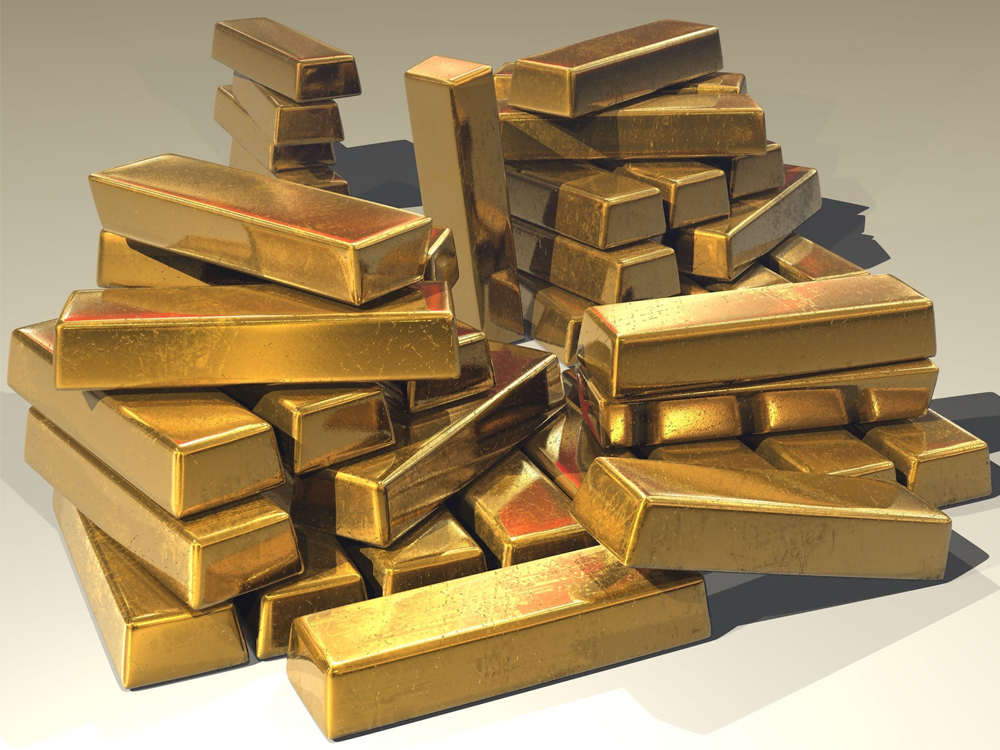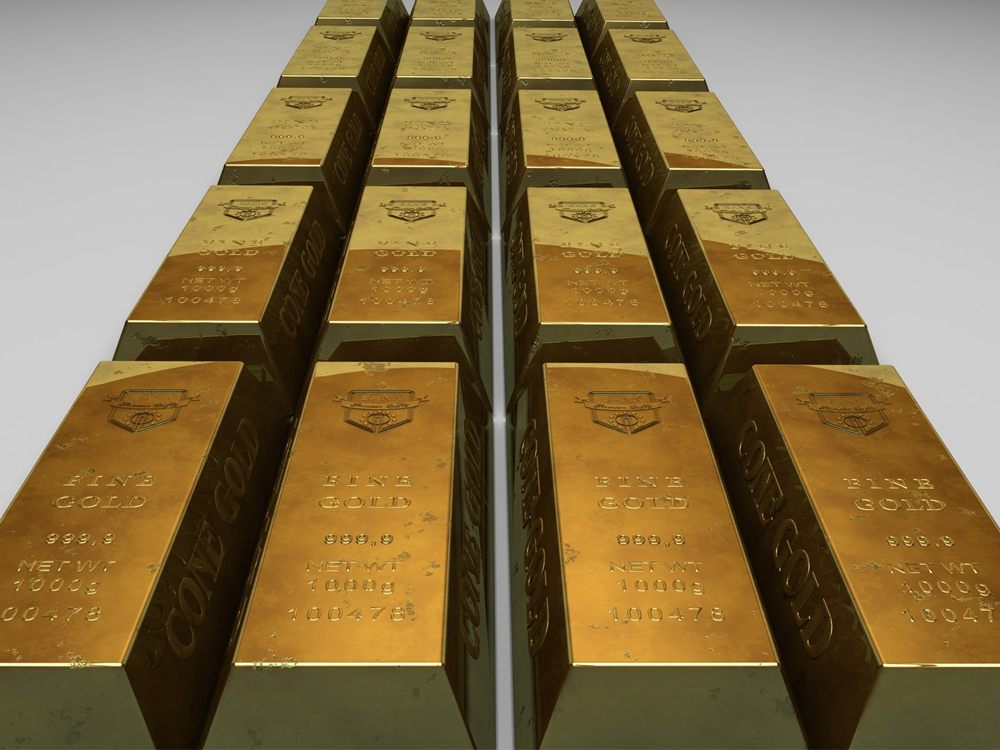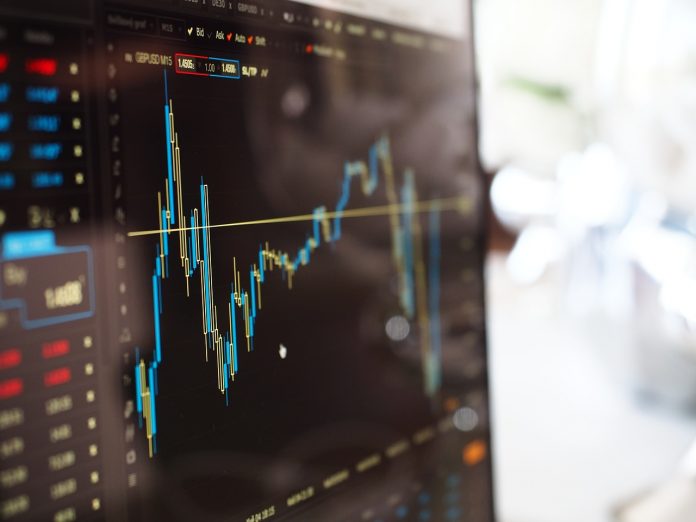
If you’ve been bored by the performance of gold in the past few years, it may be time to wake up and take notice.
On Friday, the spot price of gold jumped from $1,190 to $1,209. As of Monday, the gain has not only been sustained, but it’s increased up to $1,213. As you might expect, GLD, the world’s largest gold fund, has followed suit.
Even more significantly, several gold stocks responded positively to the change in the commodity’s price. This creates a double trade opportunity with both commodities and equities.
Whichever asset you choose, one thing is certain: gold is hot again.
In the stock market, Newmont Mining Corp (ticker NEM) moved up 1.9% in response to the surge in gold’s spot price, and continued to rise on Monday afternoon. Yamana Gold, a Canadian mining company, jumped a very impressive 4.9%, and rose again on Monday.
But have we really spotted a bottom here? Could gold be set, finally, for a bull run?
There’s definitely reason to suspect so. The currency turmoil right now between China and the United States could be putting upward pressure on the spot price. As these two countries begin to intervene in the forex market in an effort to alter the values of their respective currencies, more investors could turn to gold in midst of the currency uncertainty.
Speaking of China and the U.S., there’s also a trade war you may have heard of brewing between the two countries — and it’s likely to get worse. President Trump will be in office at least for another 2½ years and he has made it clear that he wants a weaker dollar to help American exporters compete with the Asian giant.
Charles Dallara, a former Treasury official who oversaw the Plaza Accord which helped to depreciate the U.S. dollar in 1985, sees the trade war as inextricably linked to the currency war. He believes the trade war today will cause a currency clash tomorrow.
Why?
Because in order to stay competitive as exporters, U.S. manufacturers need help from the government to export their products. So devaluation is highly likely.
If the Treasury Department takes the lead in weakening the dollar, other central banks around the globe could take similar measures with their currencies, leading to a worldwide currency weakening.
If currencies are devalued — especially the U.S. dollar — investors will flock to gold as they always have. No doubt about it. Investors need a safe haven asset. If the greenback can’t fill this role, gold (or potentially Bitcoin) will.
Historically, as the greenback has weakened, gold has strengthened. There is no reason to expect this pattern to reverse.

But what about the supply of gold? We definitely don’t want to forget about how important it is to dig the stuff out of the ground first.
S&P Global Market Intelligence in a recent report has forecasted a decrease in Australian gold production — which our analysts confirmed could occur as early as 2020. Although the country has seen record output in recent years (leading undoubtedly to a slump in prices), S&P thinks output numbers will begin slumping after 2019:
“We are forecasting a 9 per cent fall year-over-year in 2020, and we expect the country’s production to reach a generational low of 6.8 [million ounces] by 2022 – a 33 per cent drop within only three years.”
Other countries where the report foresees a decrease in production include the United States, Peru, and South Africa. When supply goes down, the price is going to go up. Simple economics.
But we also need to look at the consumption of gold. There are two parts of the equation, after all.
The wedding season in India begins in October, and it’s followed by another celebration the following month that should see strong gold buying: the Diwali festival. Although demand has been low so far this year, we could definitely see an uptick in demand in the coming months.
In fact, the Perth Mint, which is wholly owned by the Australian government, has already minted a gold coin in anticipation of the Diwali festival.
Another issue we need to look at to properly examine gold’s future isthe amount of short-selling the metal has undergone recently. There’s been a significant uptick in the number of bearish bets on gold, and the downward price has reflected that.
Short sales are eventually covered, and gold’s history has some really good examples of what happens when the trades are exited. In 1999, gold’s price increased 16% when short sales were covered. In 2005, the spike was 12% when bears did the same thing.
Despite the current short interest in gold, there’s a silver lining. The price of the commodity has been artificially pushed down by short traders. In the past, such trading activity has been followed by an upsurge in gold’s price, and that is what we will likely see in the near future.
A recent Reuters poll surveyed leading commodity analysts and found that the average price target was $1,301 an ounce this year – which is below its current spot price, and yet another bullish sign.
With so many upbeat indicators for the second half of 2018, it may be worth your time to take a second look at the world’s oldest currency.








